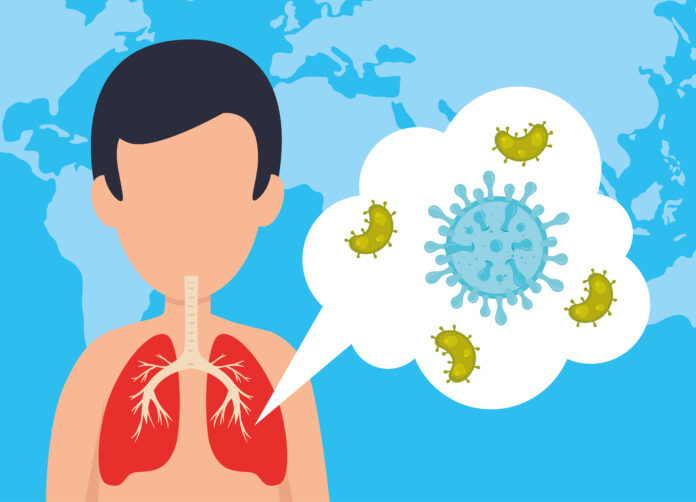Shortness of breath, medically known as dyspnea, is a common symptom that can range from mild and temporary to severe and life-threatening. It is characterized by a sensation of difficulty or discomfort in breathing, often accompanied by a feeling of suffocation or tightness in the chest. While it can be caused by various factors, understanding its underlying causes, symptoms, and treatment options is essential for proper management and improved quality of life.
Causes of Shortness of Breath
Respiratory Conditions
Conditions such as asthma, chronic obstructive pulmonary disease (COPD), pneumonia, and pulmonary embolism can lead to difficulty in breathing.
Cardiovascular Conditions
Heart failure, coronary artery disease, and other cardiovascular disorders can impair the heart’s ability to pump blood effectively, resulting in inadequate oxygen supply to the body and subsequent shortness of breath.
Anemia
A decrease in the number of red blood cells or hemoglobin in the blood can reduce oxygen delivery to tissues, leading to dyspnea.
Obesity
Excess body weight can put strain on the respiratory system, leading to shortness of breath, especially during physical exertion.
Anxiety and Panic Disorders
Psychological factors such as anxiety and panic attacks can cause rapid breathing and a feeling of breathlessness.
Environmental Factors
Exposure to high altitudes, extreme temperatures, air pollution, or allergens can trigger shortness of breath in susceptible individuals.
Symptoms of Shortness of Breath
The symptoms of shortness of breath may vary depending on the underlying cause but commonly include:
- Rapid or shallow breathing
- Feeling unable to get enough air
- Tightness or discomfort in the chest
- Wheezing or whistling sound during breathing
- Cyanosis (bluish discoloration of the lips or fingertips)
Treatment Options
The treatment of shortness of breath depends on its underlying cause and may include:
- Medications: Depending on the cause, medications such as bronchodilators, corticosteroids, antibiotics, or diuretics may be prescribed to alleviate symptoms and manage underlying conditions.
- Oxygen Therapy: Supplemental oxygen therapy may be necessary for individuals with severe respiratory or cardiovascular conditions to improve oxygen levels in the blood.
- Lifestyle Modifications: Adopting a healthy lifestyle, including regular exercise, maintaining a healthy weight, quitting smoking, and avoiding environmental triggers, can help improve respiratory function and reduce the frequency of shortness of breath episodes.
- Pulmonary Rehabilitation: Pulmonary rehabilitation programs, which include exercise training, education, and counseling, can help improve lung function and overall quality of life for individuals with chronic respiratory conditions.
- Surgical Interventions: In some cases, surgical procedures such as lung volume reduction surgery or lung transplantation may be recommended for individuals with advanced respiratory diseases.
When to Seek Medical Attention
While occasional episodes of shortness of breath during physical exertion may not be cause for concern. Persistent or severe dyspnea should prompt immediate medical attention, especially if accompanied by other symptoms such as chest pain, fainting, or coughing up blood.
In conclusion, it is a common symptom with various underlying causes, ranging from benign to life-threatening conditions. Timely diagnosis and appropriate management are essential for improving symptoms, preventing complications, and enhancing quality of life for individuals experiencing dyspnea. If you or someone you know is experiencing persistent or severe shortness of breath, it is important to seek medical evaluation and treatment promptly.




